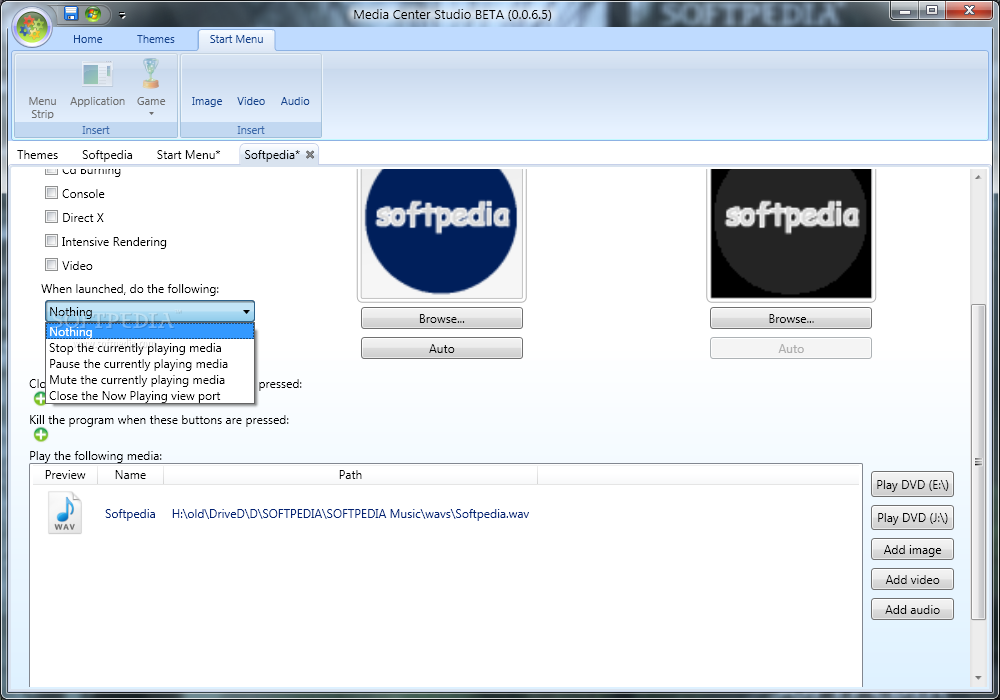
#COLORCAST WINDOWS MEDIA CENTER KEYGEN#

They introduced the concept of a 'bias' color, which is a color cast that is removed from the source image and screen color, then a key is pulled from this modified image, then the color cast is put back. This is effectively how the Keylight developers got around the problem. Notice also the red cast on the pilots mask has been removed and turned into a neutral gray. The green screen is now strongly green and distinct from the foreground colors. A corrected image would look something like the one shown below. Not a great result, I’m sure you’ll agree, and much pressure was applied to the lowly programmers to get around the problem.Ī work around to this is to manually color correct the image so that the background is properly green, pull the key from this corrected image, then 'un-correct' the result of that so that the foreground colors match the original. So what happens when we pick the screen color? Well because the screen was 'red', as is the foreground, our pilot ends up being keyed out as shown below. The foreground consisted of reddish browns, but a combination of factors led to the 'green screen' being lit so that its primary component was actually slightly red. What’s biasing all about? Biasing in Keylight was originally developed for a shot in the motion picture "Executive Decision". You are not picking lots of colors that are keyed out. Note:You should note that the Screen Color is a single color. If the primary component in the pixel is not the same as the primary component of the screen color, we have a foreground pixel, and the alpha is set to completely opaque. If the saturation of the pixel is less than the screen color, then it’ll be the edge of the foreground object, and we subtract some of the screen color from the pixel (despilling) and set the image to semi-opaque.

If the saturation of the pixel in the image is as strong or greater than the screen color, then it’ll be a pixel from the blue screen background, and that pixel is set to completely transparent and black. Picking different colors gives different results. Tip:It’s worth sampling a selection of screen (blue or green) colors and viewing the result. It removes the screen color from the pixel, a process known as despilling. It calculates the transparency of that pixel and puts it in the alpha channel. Keylight uses this comparison to do two things. Once the screen color has been picked, Keylight analyzes all the pixels in the image and compares the saturation of the primary component in each of these pixels with the corresponding saturation of the screen color. It has a primary component, blue or green, and that has a saturation. It also sets the Screen Balance and despills the foreground. Picking the Screen Color creates the screen matte used to composite the foreground over the background. Tip:You can discard sampled pixels by Ctrl/ Cmd+right-clicking in the Viewer. This means that you can pick the blue screen color even if you are viewing the matte, status or composite. Note:If you press Alt when sampling a color, Nuke always samples the source image regardless of what you’re looking at. The first thing you should do when pulling a key is pick the Screen Color. The screen color represents the color of the pure blue (or green) screen.


 0 kommentar(er)
0 kommentar(er)
